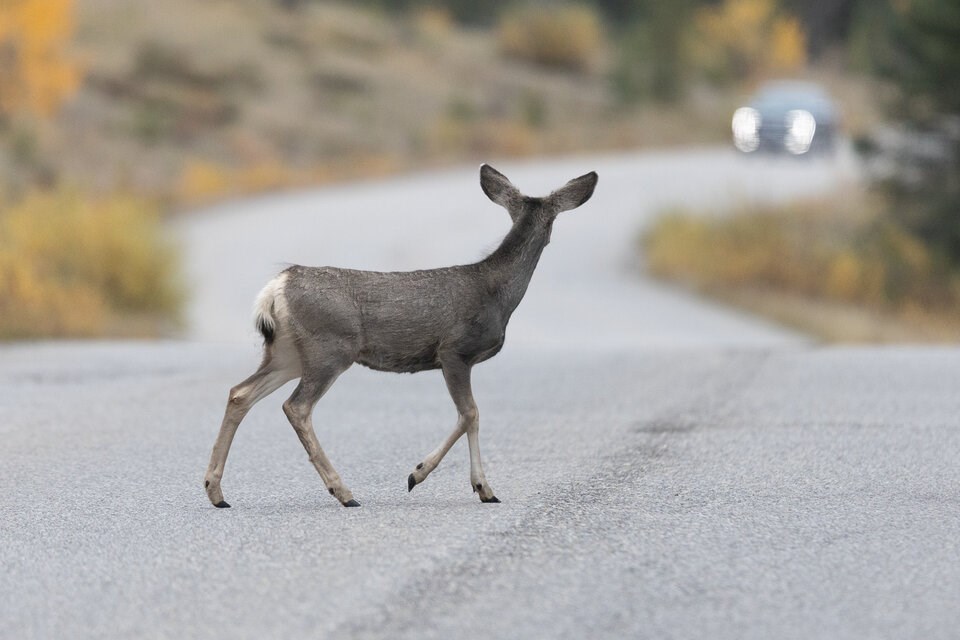Scientists tracking the spread of chronic wasting disease in British Columbia’s deer will soon have a new tool in their arsenal — a genomic map that shows how and where deer move across the landscape.
The two-year project, funded by Genome BC, will draw on samples collected by hunters, First Nations and trappers to help monitor the movement and interactions of deer populations.
David Charest, Genome BC’s director of Research and Innovation, Agrifood and Natural Resources, said it’s the first time in Canada that a project has looked at animal population structures to understand the potential spread of the disease.
“Unlike humans, these animals aren’t dropping into a clinic to get tested,” Charest said.
The project will be contained to several management regions in the Kooteneys where in January 2024 a mule and a white tail deer were first identified as carrying chronic wasting disease (CWD), also known as “zombie deer disease.”
Targeted sampling of the area has not yet turned up any positive cases beyond the initial two. Kaylee Byers, an assistant professor at Simon Fraser University who is leading the project, said that’s a good thing, considering the disease is often spread through highly infectious prions, deformed proteins that accumulate in the animal's body.
Those prions pass into the environment through the urine or feces of infected animals, and once there, they can survive for decades, spreading the brain disease among deer, elk, moose and caribou.
Within 18 months of infection, the animals tend to show signs of weight loss, drooling and poor coordination. Every infected animal ends up dead.
“This disease is incredibly hard to control,” Byers said. “But it’s seeming like we caught this early.”
Byers says the latest research project will offer a map from the perspective of the deer. It will tell scientists and conservation officials how the two species move and interact, and whether roads and rivers stand in their way.
Consider a situation where genetic testing shows deer are unlikely to cross a river. If a deer on the left side of the bank tests positive for CWD, officials will know to focus containment to that population, Byers said.
The idea is to contain the disease before it infects huge swaths of deer — a prospect faced in several of the 25 U.S. states and three Canadian provinces where CWD has spread since it was first identified in the 1960s among populations of captive deer in Colorado.
Asked what widespread infection of B.C. deer would mean for other wildlife, Byers pointed to what could be catastrophic impacts on predators and other creatures that rely on the ruminants.
“We don’t fully know. And we don’t want to,” she said. “They are a key part of the ecosystem. It comes back to keeping everything in balance.”
Past studies have shown primates (in particular squirrel monkeys) are susceptible to the disease. But no human has been reported ill with CWD.
Byers says that doesn’t mean it couldn’t happen. And if humans were found vulnerable to zombie deer disease, the researcher warned it could present decades later in the same way mad cow disease — also spread through prions — has behaved in the past.
“We don’t know if it can be passed on to people,” she said. “We just don’t have a baseline.”


